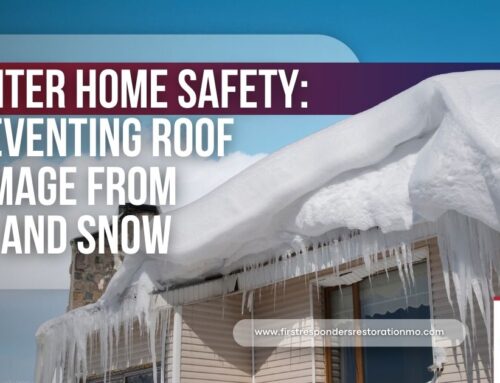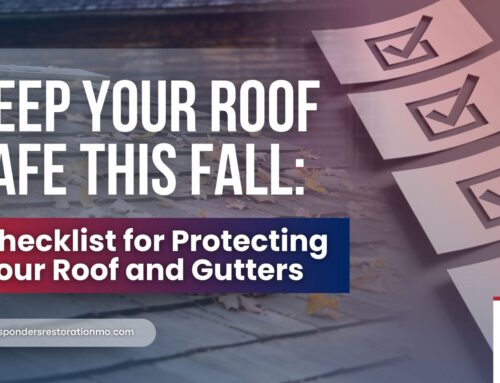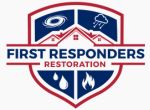Protecting Your Roof from Extreme Summer Heat in Missouri
Hot summer days don’t just challenge your air conditioner—they can be tough on your roof too. Missouri homeowners should know how heat can impact roofing materials, attic airflow, and overall home protection. Whether you’re getting ready for summer or fixing damage, our St. Louis roofing and siding repair services are here to keep your roof in great shape.
Why Summer Heat is Tough on Your Roof
Missouri summers can get really hot. Temperatures often rise above 90°F, and the humidity makes it feel even worse. This heat doesn’t just affect you. It also puts a lot of pressure on your roof.
Your roof takes in strong sunlight, UV rays, and trapped heat from the attic. Over time, this weakens its structure. Roofing materials can break down faster if not properly maintained.
This isn’t just about appearance. Heat damage can lead to energy inefficiencies and an increase in costs to cool your home. It can also cause serious water damage during summer storms if the roof can’t hold up.
What Heat Really Does to Your Roof
Think of your roof like a road during summer. When it gets hot, the materials expand. When it cools down at night, they shrink. This constant cycle of expanding and shrinking can cause shingles to crack, curl, or come loose over time.
A hot attic makes things even worse. It adds stress from underneath. Dark-colored or older roofs absorb more heat, which increases the risk of serious structural damage.
How to Spot Heat Damage on Your Roof
Heat damage is not always easy to see. But catching early signs can help you avoid costly repairs. Here are some things to look out for:
Curling or buckling shingles

These shingles lose their shape after too much heat exposure. When they bend or lift, they cannot block water as well. This makes it easier for leaks to happen, especially during sudden summer rain.
Curling or buckling shingles
These shingles lose their shape after too much heat exposure. When they bend or lift, they cannot block water as well. This makes it easier for leaks to happen, especially during sudden summer rain.

Curling or buckling shingles
These shingles lose their shape after too much heat exposure. When they bend or lift, they cannot block water as well. This makes it easier for leaks to happen, especially during sudden summer rain.

High heat and strong sunlight dry out roofing materials. This can cause them to crack. Cracks let water in and can mean your shingles are old and need to be replaced.
Cracked Shingles or Tiles


Cracked Shingles or Tiles
High heat and strong sunlight dry out roofing materials. This can cause them to crack. Cracks let water in and can mean your shingles are old and need to be replaced.

Cracked Shingles or Tiles
High heat and strong sunlight dry out roofing materials. This can cause them to crack. Cracks let water in and can mean your shingles are old and need to be replaced.
Peeling Underlayment or Warped Decking

The underlayment is a layer under the shingles that helps protect your home. If it starts to peel, or if the wood decking underneath becomes bent or uneven, your roof’s base is at risk. Warping can make the surface of the roof look uneven and weak.
Peeling Underlayment or Warped Decking
The underlayment is a layer under the shingles that helps protect your home. If it starts to peel, or if the wood decking underneath becomes bent or uneven, your roof’s base is at risk. Warping can make the surface of the roof look uneven and weak.

Peeling Underlayment or Warped Decking
The underlayment is a layer under the shingles that helps protect your home. If it starts to peel, or if the wood decking underneath becomes bent or uneven, your roof’s base is at risk. Warping can make the surface of the roof look uneven and weak.

Dark or Discolored Spots

These patches can appear when some areas heat up more than others. It often happens where airflow is poor or materials are wearing out. These spots can be signs that parts of your roof are getting weaker and may need attention.

Dark or Discolored Spots
These patches can appear when some areas heat up more than others. It often happens where airflow is poor or materials are wearing out. These spots can be signs that parts of your roof are getting weaker and may need attention.

Dark or Discolored Spots
These patches can appear when some areas heat up more than others. It often happens where airflow is poor or materials are wearing out. These spots can be signs that parts of your roof are getting weaker and may need attention.
How to Protect Your Roof from Summer Heat
Being proactive is your best defense. These professional strategies help maintain a cooler roof and extend its performance during extreme heat:
Additional Summer Roof Protection Tips
- Upgrade your underlayment – New-generation synthetic underlayments are more resistant to high temperatures, offering superior waterproofing and flexibility compared to traditional felt.
- Monitor your energy bills – Sudden spikes in your electric bill during summer could signal poor attic insulation or failing roof materials, causing your cooling system to work overtime.
- Apply roof sealants – Reflective sealants can lower the surface temperature of your roof by up to 50°F, reducing overall stress on your roofing materials and interior cooling system.
Emergency Repairs and Professional Help
If you suspect heat has already damaged your roof or you want a seasonal check-up, don’t wait. Our team at First Responders Restoration provides comprehensive services to help you avoid costly repairs later:
- Professional roof inspections and thermal assessments – Using infrared technology, we detect hidden moisture and heat vulnerabilities.
- Shingle replacements and UV-resistant coatings – Our specialists apply advanced materials to restore your roof’s protective layer.
- Attic ventilation system upgrades – From passive vents to solar-powered fans, we install efficient solutions tailored to your home.
- Emergency leak sealing and storm reinforcement – Rapid response and expert sealing help prevent further damage during surprise summer storms.
Explore our storm damage restoration services to prepare for the unexpected after heatwaves or summer downpours.
Stay Ahead of the Heat
Your roof is your home’s first defense against the elements. Don’t let summer heat silently destroy it. With the right combination of routine maintenance, smart material choices, and professional inspections, you can protect your roof, lower your energy costs, and increase your peace of mind.
Let First Responders Restoration help you prepare, prevent, and protect—before summer heat takes a toll.








Leave A Comment